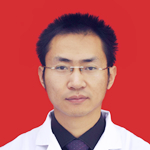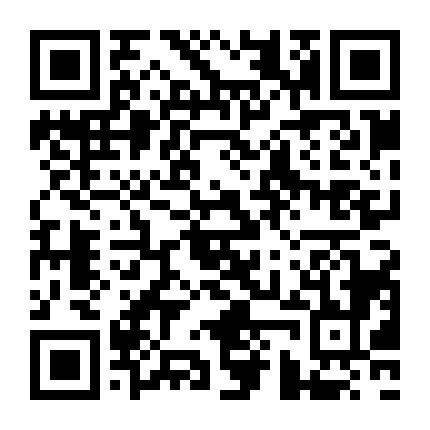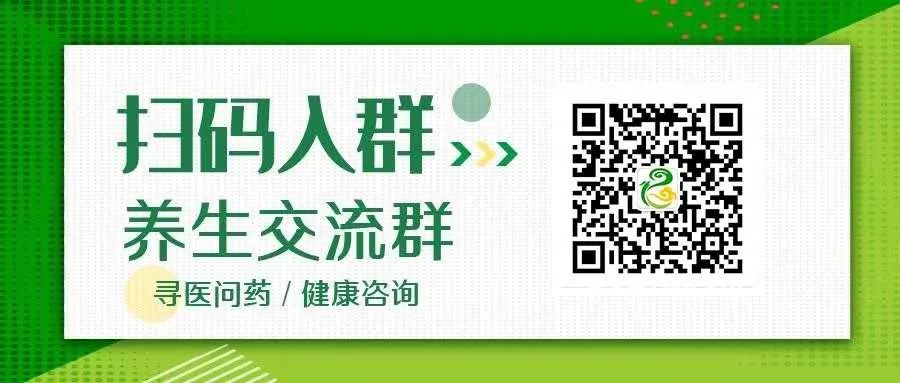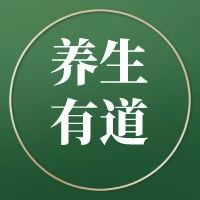This public account is hosted by the Yunnan Provincial Administration of Traditional Chinese Medicine. If you have not followed yet, please click the blue “Yunnan TCM” above to follow.

Expert of this issue: Ding Yu
Male, Bai ethnic group, born in December 1981, from Dali, Yunnan. Graduated in 2005 from Beijing University of Chinese Medicine with a major in Acupuncture and Tuina, attending physician, and head of the Acupuncture Department. Member of the Acupuncture and Ethnic Therapy Branch of the Chinese Acupuncture Society, director of the Chinese Ethnic Tuina Society, executive member of the Yunnan Province Tuina Society, executive director of the Yunnan Acupuncture Alliance, and head of the second-level workstation of the Guan School of Acupuncture. A key talent in the inheritance of national TCM clinical characteristic techniques. Inherited traditional techniques from Professor Xia Huimin, a renowned TCM physician. In March 2009, won the first prize in the Tuina specialty at the Dali Prefecture Traditional Medicine Skills Competition; in May 2009, participated in the finals of the Tuina specialty group of the Yunnan Province Health System Traditional Medicine Skills Competition and won second place, awarded the title of “Yunnan Province Tuina Technical Expert”; in September 2010, won the title of “Traditional Chinese Medicine Tuina Skill Champion” at the fifth Dali Prefecture Employee Technical Skills Competition. Inherited traditional acupuncture techniques from Professor Guan Zunhui, a renowned TCM physician, and is a successor of the Guan School’s special acupuncture techniques. Inherited traditional Chinese culture from Professor Gu Zhishan, president of the World Federation of Chinese Medicine Societies’ Five Movements and Six Qi Committee, and is a reserve successor of the Longsha Medical School. In 2015, was awarded the first “Famous Doctor of Baizhou” in Dali Prefecture.Specializes in: cervical spondylosis, lumbar disc herniation, shoulder periarthritis, knee arthritis, soft tissue injuries, stroke, facial paralysis, various nerve injuries and neuralgia, headaches, dizziness, and herpes zoster.

Scan to consult
Daoyin, in ancient China, was an important therapeutic method alongside “acupuncture” and “tuina” and is a health maintenance method that can be mastered by the general public. The combination of massage and daoyin to treat diseases has been passed down for thousands of years and is a treasure of Chinese culture. Daoyin combines external physical movements with internal qi movements, promoting qi through daoyin, and practicing the balance of movement and stillness, achieving the integration of “adjusting the body,” “adjusting the breath,” and “adjusting the mind,” thus achieving the balance of internal and external, qi and blood, yin and yang, and preventing diseases before they occur, preventing recurrence of existing diseases, and promoting health and longevity.
“Seven Movements of Daoyin” is an innovative and improved method developed by Ding Yu from the Acupuncture Department of Dali Bai Autonomous Prefecture Hospital of Traditional Chinese Medicine, based on the inheritance of traditional Chinese health culture. It was explored through clinical practice by all members of the Acupuncture Department and repeatedly discussed and revised by renowned tuina and cultural experts in the province, ultimately finalized in written form, forming a complete daoyin program. It has achieved good results in clinical application and received praise from patients and sub-healthy populations during its promotion, highlighting the contemporary value of ethnic traditional health techniques.
Analysis of the Key Points of the Seven Movements of DaoyinFirst Movement: Spring Breeze Blows the Willows, Awakening Kidney Water, Softening Liver Wood Lie on your back, arms naturally extended and placed at your sides; bend your knees, relax your abdomen, and slowly inhale while lifting your abdomen and hips until your body forms an arched bridge; exhale, relax, and regulate your breathing; inhale while slowly raising your right hand over your head, exhale; inhale while slowly turning your head to the left, exhale and slowly return your head to the neutral position; inhale, exhale while returning your right hand to its original position; inhale, exhale while slowly lowering your hips, extending your legs straight, relax, and regulate your breathing. Bend your knees, relax your abdomen, and slowly inhale while lifting your abdomen and hips until your body forms an arched bridge; exhale, relax; inhale while slowly raising your left hand over your head, exhale; inhale while slowly turning your head to the right, exhale and slowly return your head to the neutral position; inhale, exhale while returning your left hand to its original position; inhale, exhale while slowly lowering your hips, extending your legs straight, relax, and regulate your breathing.Second Movement: Flowers Bloom in Sequence, Rising in Sequence, Opening the Spine Lie face down, relax your whole body, and place your hands behind your back; inhale while slowly turning your head to the right, exhale and relax; inhale while lifting your head, neck, and chest, exhale and slowly lower, regulate your breathing; inhale while slowly turning your head to the left, exhale and relax; inhale while lifting your head, neck, and chest, exhale and slowly lower, turning your head to the neutral position, regulate your breathing.Third Movement: Crane Calls to the Sky, Circulating the Dantian, Spreading the Fingers Sit upright, at the front third of the chair, relax your whole body, chest in, abdomen out; inhale while extending your left hand upward, exhale and relax; inhale while raising your right hand to grasp your left elbow, exhale and relax; inhale while stretching your body backward, exhale and relax; inhale while finding the feeling of stretching, exhale and relax; inhale while stretching your back, exhale while slowly lowering both hands, regulate your breathing; inhale while extending your right hand upward, exhale and relax; inhale while raising your left hand to grasp your right elbow, exhale and relax; inhale while stretching your body backward, exhale and relax; inhale while finding the feeling of stretching, exhale and relax; inhale while stretching your back, exhale while slowly lowering both hands, regulate your breathing; inhale while extending your left hand upward, exhale and relax; inhale while raising your right hand to grasp your left elbow, exhale and relax; inhale while stretching your body backward, exhale and relax; inhale, exhale, inhale, exhale while slowly lowering both hands, regulate your breathing and relax your body.Fourth Movement: Tiger Eyes and Bear Meridians, Opening the Chest, Staring with Fists Sit upright, at the front third of the chair; raise both hands to shoulder level, bend your elbows, and let your forearms hang naturally; inhale while making a fist and simultaneously turning your left arm upward, looking at your left hand; exhale and relax; inhale while turning your right arm upward, stretching your back, exhale while slowly lowering both hands, regulate your breathing, and relax.Fifth Movement: Carrying the Mountain and Pulling the Wood, Strengthening the Bones Internally, Stopping the Sweat Stand with feet shoulder-width apart, toes pointing forward; breathe naturally, with your thumbs inserted at your waist and four fingers supporting your lower back; chest in, abdomen out, bend your knees to squat, keeping your knees behind your toes, and use your toes to grip the ground; keep your knees still, tighten your thighs inward, and press your arms tightly; grip the ground with your toes, tighten your thighs inward, press your arms tightly, chest in, abdomen out; withdraw, relax, and regulate your breathing.Sixth Movement: Heel Breath and Bird Stretch, Yang to the Feet, Yin to the Eyes Stand with feet together, chest in, back straight; slowly squat down with hands on your knees, lowering your head, and encircle your knees with your hands, shifting your center of gravity forward, backward, left, and right; restore your center of gravity; slowly rise with hands on your knees, interlocking your fingers with palms facing down; inhale while raising your hands, head, chest, and waist, slowly rising; stretch your fingers upward, rotate your wrists, clench your fists, and slowly pull down; sequentially relax your shoulders, elbows, wrists, palms, and fingers, regulate your breathing.Closing Movement: Connecting Qi Points, Spreading the Whole Body Stand with feet shoulder-width apart; use your left hand to pat your right hand’s Neiguan point six times, and the Waiguan point six times; switch to the right hand patting the left hand’s Neiguan point six times, and the Waiguan point six times; both hands pat the Huan Tiao point six times, the Zu San Li point six times, and the San Yin Jiao point six times; close your feet, rub your palms, and knock your teeth. All movements completed.
Editor: Yang Zhengrui


